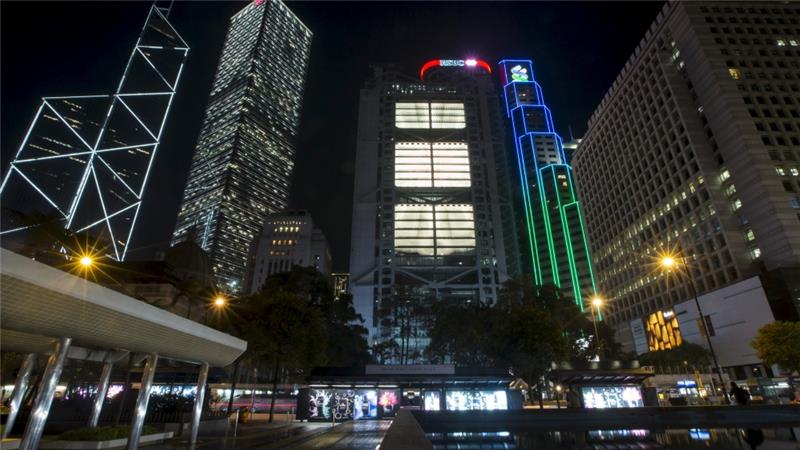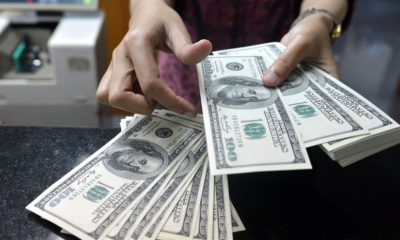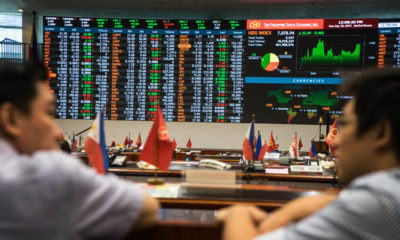- ADB Says Emerging Asia Infrastructure Needs $26 Trillion by 2030
Asia’s infrastructure race is just getting started.
Emerging economies across the region will need to invest as much as $26 trillion on building everything from transport networks to clean water through 2030 to maintain growth, eradicate poverty and offset climate change.
That’s according to an Asian Development Bank report released Tuesday that highlights the need for massive construction and upgrading of public works and for much greater private sector investment. Leaving out spending to mitigate climate change, some $22.6 trillion will still be needed over the same period, the ADB said.
Big-ticket investment of $14.7 trillion is needed for power, $8.4 trillion for transport, $2.3 trillion for telecommunication costs and $800 billion for water and sanitation, adjusted for climate change.
The bulk of infrastructure work is needed in East Asia, which accounts for 61 percent of the ADB estimate. As a percentage of gross domestic product, the Pacific leads all other sub regions needing investment valued at 9.1 percent of GDP, followed by South Asia at 8.8 percent.
The new projection of a $1.7 trillion annual infrastructure need, adjusted for climate change, is more than double the $750 billion that the Manila-based development bank estimated in 2009–though the latest report looks at 45 of the ADB’s developing members compared with 32 last time and uses 2015 prices compared to 2008 ones.
Governments around the region are promising major new spending on public works, often with competing promises of heavy investment from China and Japan. At the same time, the new China-backed Asian Infrastructure Investment Bank has also begun funding projects, offering an alternative to the U.S.-influenced World Bank and Japanese-driven ADB.
Philippine President Rodrigo Duterte has embarked on an ambitious $160 billion infrastructure plan as he seeks to sustain growth of about 7 percent, among the fastest in the world. Malaysia, which already boasts world-class infrastructure, is pushing ahead with more projects including new rail lines in capital city Kuala Lumpur, the 2,000-kilometer Pan Borneo Highway and the West Coast Expressway.
While Indonesian President Joko Widodo struggled to get infrastructure off the ground in his early years in office, momentum is now building with the government speeding up projects including an uninterrupted toll-road connection in the country’s main islands and construction of a 720-kilometer railway from Jakarta to Surabaya.
India’s government estimates it needs more than $1.5 trillion to meet its infrastructure needs over the next decade as it undertakes a massive modernization of its decrepit railways and roads. It also aims to link each of its 700,000 villages, offering more avenues for development of the hinterland that houses 70 percent of its 1.3 billion population.
In Pakistan, Prime Minister Nawaz Sharif is pegging his 2018 re-election campaign on bridging chronic energy and infrastructure gaps as his administration targets a 7 percent economic growth rate within two years. Constrained by resources, Pakistan is turning to China which has pledged to invest in projects worth about $55 billion as part of a so-called economic corridor.
Still, the ADB report also cautioned that widespread reforms are needed to attract private investment. More must be done to make public-private partnerships attractive and deeper capital markets are necessary to lure Asia’s substantial savings rates.
“Mobilizing private capital flows to fund the financing gap that cannot be met by public financing is still a major challenge,” said Rajiv Biswas, Asia-Pacific chief economist at IHS Global Insight in Singapore.
There are other constraints too. While governments around Asia are promising hundreds of billions of dollars for new works, it’s also a challenge to get projects started and completed within budget and on time. The region is dogged by other issues such as corruption, inhospitable terrain and complicated land rights.
“With Asia’s fairly high savings rates, financing doesn’t seem to be the problem,” said Rahul Bajoria, a senior economist at Barclays Plc in Singapore. “Execution really has been the issue.”

 Forex3 weeks ago
Forex3 weeks ago


 Naira2 weeks ago
Naira2 weeks ago
 Billionaire Watch2 weeks ago
Billionaire Watch2 weeks ago




 Naira2 weeks ago
Naira2 weeks ago




 Naira2 weeks ago
Naira2 weeks ago




 Naira1 week ago
Naira1 week ago




 Naira4 weeks ago
Naira4 weeks ago




 Naira3 weeks ago
Naira3 weeks ago




















